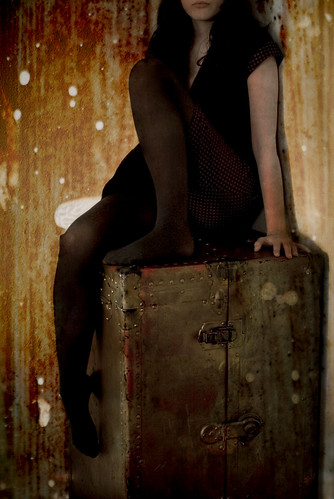
About two months ago I began volunteering as a first reads editor for a small semi-pro science fiction magazine. If you’re a writer who regularly submits fiction to publishing markets, you’ll recognize this role as the “slush reader.” If you’re not a writer, the short explanation is that unsolicited submissions are collected into what is called the slush pile—a stack of stories sent in cold for publishing consideration. The editor-in-chief is usually the person responsible for purchasing stories they want to publish, but in a lot of cases the number of submissions overwhelms the time an editor-in-chief could reasonably devote to reading and making a decision upon.
Many markets use slush readers, almost always volunteers, who comb through the submissions and reject the ones they feel have no chance of being approved by the decision-makers and passing along only those that pass first inspection.
Slush reading has a reputation of being something of a thankless job. Aside from being unpaid, it can take a significant amount of time, depending on the volume of submissions and the current number of active first readers. Plus, there is the perception—true or not—that slush reading means reading a lot of really awful stories.
My reasoning for undertaking this endeavor is that, having spent a year and a half having my writing read by these pre-screeners, I wanted to get a taste of life on the other side of the submissions queue. I have some designs of doing editorial projects in the future and I felt this was a good way to get some experience in editorial-adjacent work. The other factor, and not an insignificant one, is that I heard from a few writer friends who slush read on the side that doing so was beneficial to their own writing. Seeing common mistakes that got stories rejected was good, they said, for helping them avoid similar mistakes in their own work.
So I answered a call for first readers from Plasma Frequency Magazine. My experience with them was fairly limited; I had read a couple of issues as part of my research project to get a sense of what certain markets accept. I submitted one story to them which passed their first two reading tiers and was, eventually, rejected by the editor-in-chief. I had thought about submitting other stuff to them, but decided to see about the position first (volunteer editors are not allowed to submit to PFM).
Once I was brought onboard I began reading through the submissions queue and making decisions. To be honest, at first I didn’t think too closely about it and just tried to be fair about what I thought had a chance at being picked up by the editor-in-chief.
But over the following couple of weeks I started seeing certain things happen that opened my eyes to what might be going on behind the scenes at markets where I had pending submissions. Obviously I can’t assume that my observations map to anyone else’s, or even that the processes of doing first reads are all that comparable (I have only this experience—and a very small sample of it at that—to go on), but thinking about how this plays from both sides of the fence has been interesting at least, and possibly instructive.









